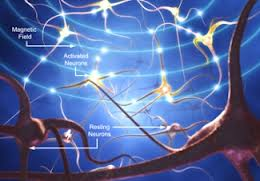 Lucas Portelli just ran over the Cheshire cat. He didn’t know it was there. He’s too young to appreciate how this fictional feline has held sway in the EMF-health controversy.
Lucas Portelli just ran over the Cheshire cat. He didn’t know it was there. He’s too young to appreciate how this fictional feline has held sway in the EMF-health controversy.
In a systematic measurement survey, Portelli has shown that the ambient static and time-varying magnetic fields in laboratory incubators are large and variable: He found that they can differ by a factor of a hundred or more within and between incubators.
“These variations can be observed within the same incubator in locations that are centimeters apart,” he writes in a paper published in Bioelectromagnetics earlier this month. Such magnetic fields could be a “potential confounder” of cell culture studies, he warns.
The measurements were carried out as a part of his doctoral thesis at the University of Colorado in Boulder under the guidance of his thesis advisor, Frank Barnes, and with the assistance of Ted Schomay, an undergraduate.
“There are strong classical and fundamental reasons why these fields shouldn’t matter,” Portelli told Microwave News, “but when you take the time to put the experimental data all together, they suggest otherwise.” Magnetic fields “may become another factor that we may just have to control,” he said.
While Portelli’s main objective is to convince the research community to add magnetic fields to the list of variables —such as light, temperature and pH— that can influence cell biology experiments, Portelli may have also helped settle a long-standing controversy, the often-reported inability of researchers to repeat experiments showing biological effects of weak EMFs. As he writes in his paper: the ambient fields, by inhibiting and/or accelerating biological processes such as growth rates, may provide “a possible explanation for some of the conflicting results in the literature.”
Read the Full Article at Microwave News here
